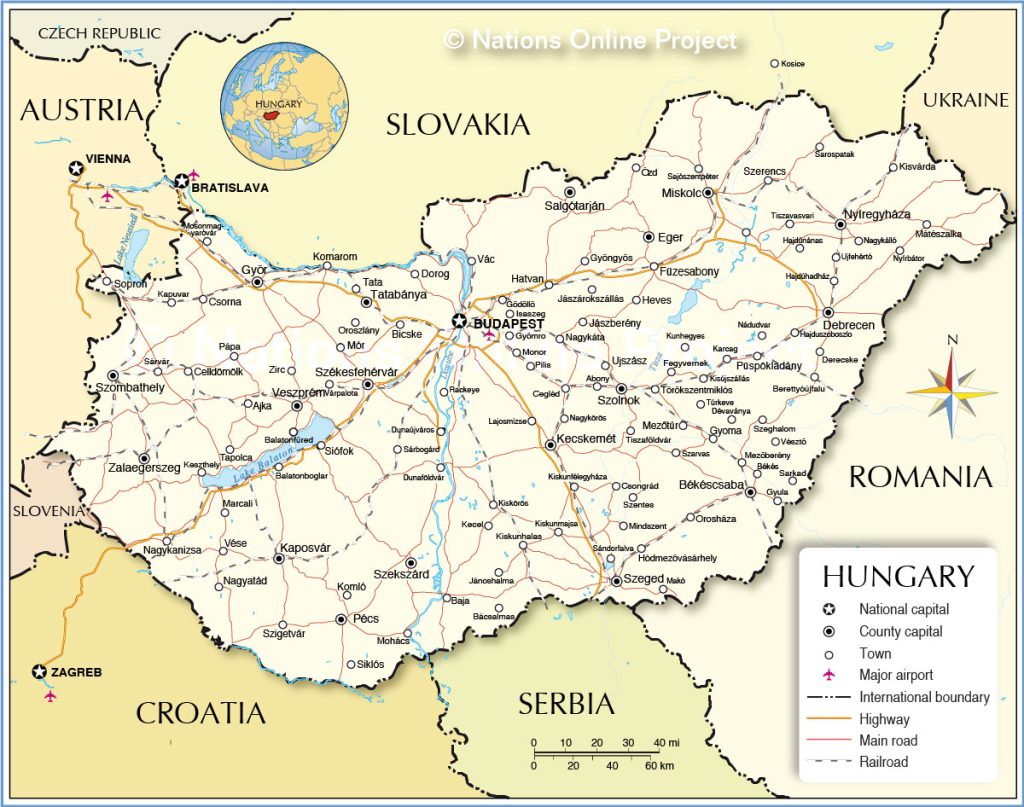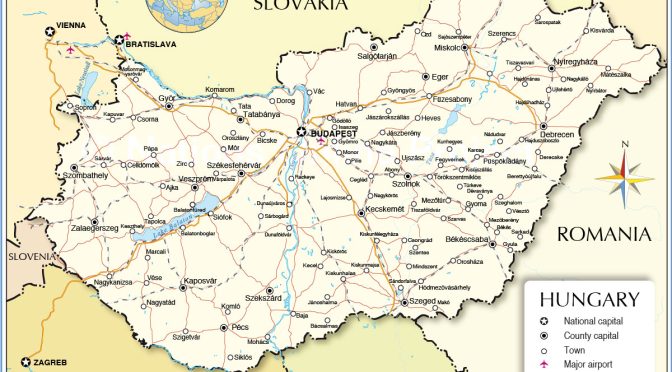Hungary’s wind energy capacity could triple in the coming years, offering the potential to generate significant benefits. However, there are also several challenges associated with wind energy that need to be addressed. While wind energy is a promising renewable energy source, it is more difficult to predict compared to solar energy. Additionally, power generated from wind cannot be stored, creating challenges in balancing supply and demand within the electrical grid.
According to Balázs Zay, senior researcher at the Climate Policy Institute, upgrading existing wind turbines and increasing the height and size of the blades can significantly improve their performance. As a result, national wind capacity in Hungary is expected to triple to 1 GW from the current 324.9 MW. This increase in capacity can help meet the country’s electricity demand, but it is important to note that weather-dependent technologies, such as wind power, do not operate at full capacity at all times. In fact, the average capacity utilization of wind power plants in Hungary between 2010 and 2016 was 23.3%, slightly higher than the EU average of 22.1%.

While Hungary has potential for further expansion of wind energy, determining suitable locations and optimizing geographic potential is crucial. According to a study by the European Commission, approximately 11% of Hungary’s territory is suitable for wind turbine installations, with the Transdanubian region offering the most favorable conditions. Maximizing this geographic potential could generate up to 86 TWh of electricity, four times the investment in Paks II, the country’s nuclear power plant expansion project.
However, challenges remain in terms of wind speed and grid integration. Wind turbines require a minimum start-up wind speed, and the power supply to the machinery must be guaranteed even in weak wind conditions. Additionally, the expansion of wind power must be carefully managed to avoid overloading the electrical grid. While wind capacity can help balance solar energy, its unpredictable nature poses challenges in offsetting, storing or selling excess production.
To address these challenges, the Hungarian government is working to reduce regulatory barriers and designate specific regions for wind turbine installations. By easing installation processes and easing the regulatory regime, the government aims to harness the potential of wind energy without compromising other areas, such as the picturesque Balaton region.
Overall, Hungary’s wind energy sector shows promising growth potential and can contribute to the country’s renewable energy goals. However, careful planning and integration strategies are needed to maximize the benefits of wind energy while addressing the challenges posed by its unpredictable nature and impact on the power grid.
Frequently asked questions (FAQ)
- To what extent does Hungary’s wind energy capacity currently contribute to domestic electricity demand?
Currently, Hungary’s wind power capacity of 324.9 MW is capable of meeting just under one and a half percent of the national electricity demand. However, weather-dependent technologies such as wind power do not operate at full capacity all the time, leading to lower overall utilization rates.
- What are the challenges associated with wind energy in Hungary?
The main challenges associated with wind energy in Hungary include its unpredictable nature, the inability to store the energy generated and the additional burden it places on the electricity grid. Wind energy is more difficult to predict compared to solar energy and the energy generated cannot be stored for later use. Balancing wind energy supply and demand within the grid requires careful management and integration strategies.
- What factors contribute to Hungary’s wind energy potential?
Factors such as geographical suitability and wind speed are crucial in determining Hungary’s wind energy potential. Approximately 11% of Hungary’s territory is potentially suitable for wind turbine installations, with the Transdanubian region offering particularly favorable conditions. Maximizing the geographic potential could result in significant electricity generation, helping to meet the country’s energy needs.

